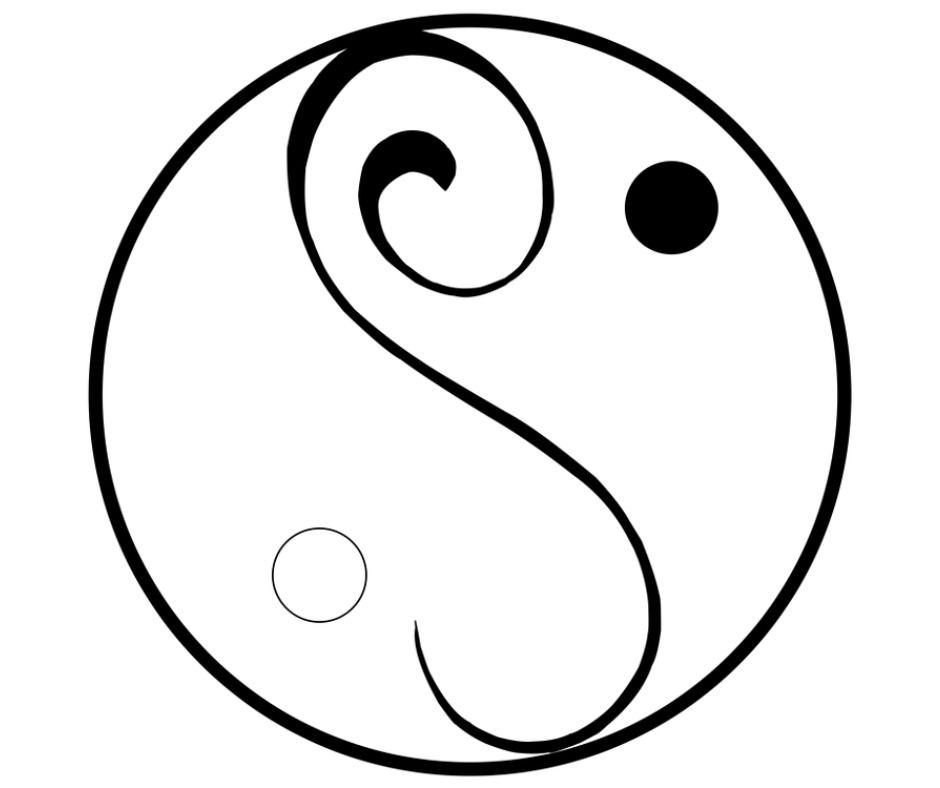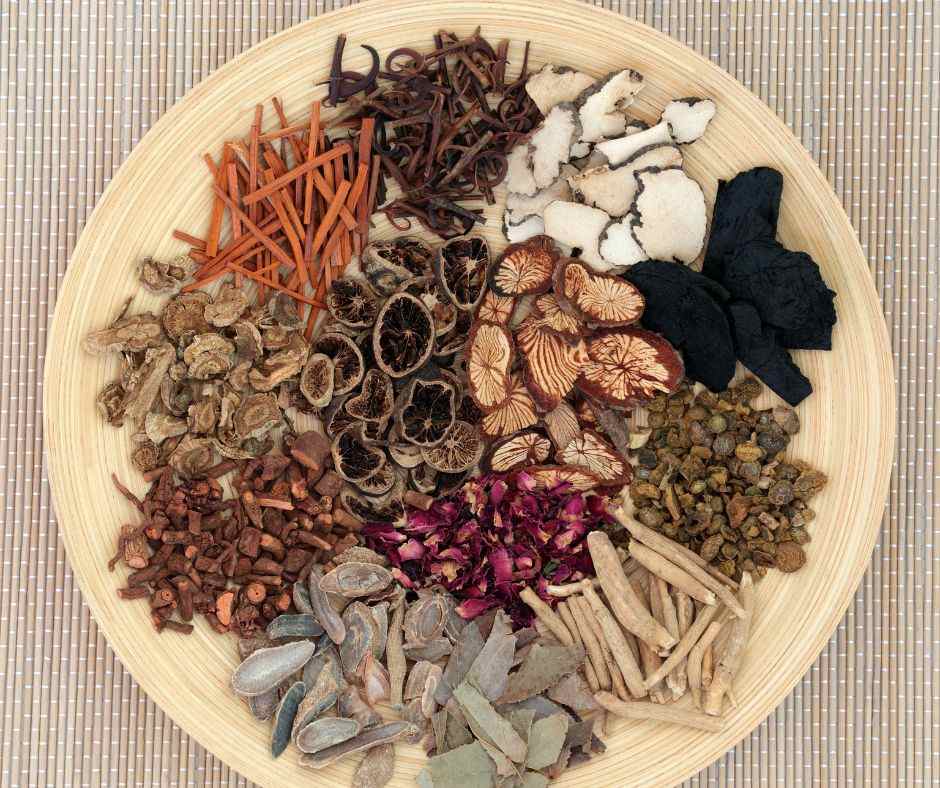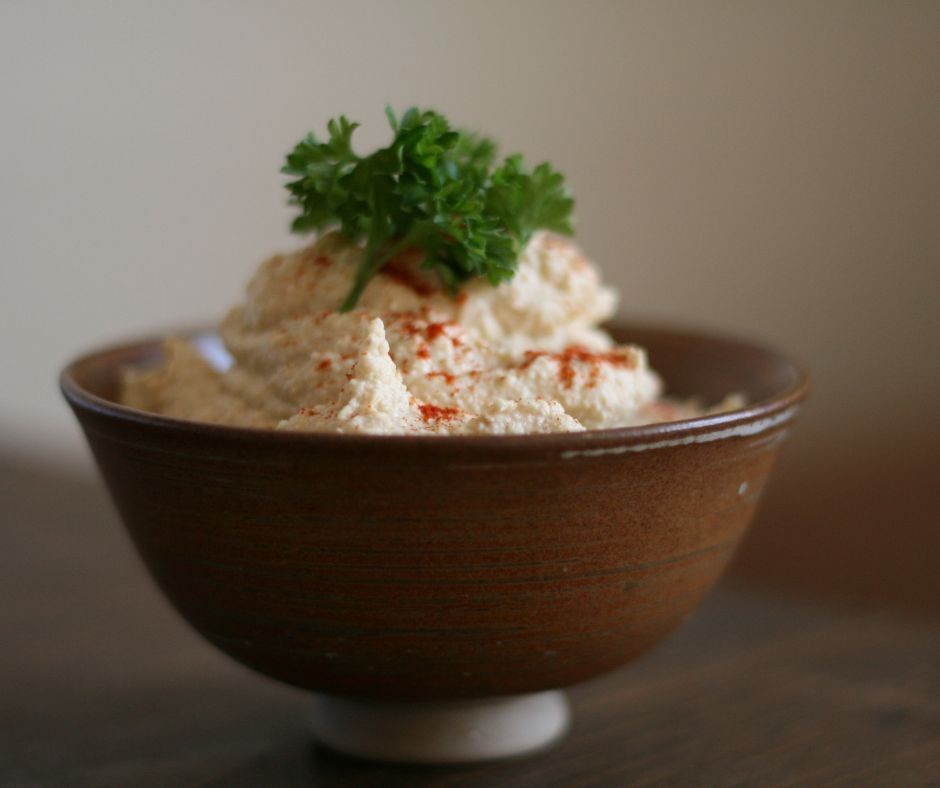Ayurveda, the ancient system of holistic healing that originated in India, revolves around the foundational concept of the doshas—three fundamental energies that govern all things, including the physiological and psychological aspects of the human body. These doshas – Vata, Pitta, and Kapha – represent distinct combinations of the five Ayurvedic elements (earth, water, fire, air, and space) and are integral to understanding one’s unique constitution and maintaining overall well-being.
In todays post, we’ll explore Vata dosha which is a combination of the elements air and space.
There are a few primary times we want to pay special attention to balancing Vata. First, the qualities associated with this dosha increase in fall and winter, so it’s especially helpful to support and balance vata dosha in the body-mind during that time of year. Second, if you tend to be thin, dry, and cold you most likely either have a Vata constitution or a Vata imbalance – either way these recommendations will help to create more balance. Finally, phases of life can also be more influenced by a particular dosha. Vata increases in our older years, so it can be helpful to work with as we age.
Read on to learn more and make sure to not miss the two audio meditations near the end!
Vata Dosha
Vata, one of the three primary doshas, holds a pivotal role in Ayurvedic philosophy. It governs movement, communication, and the flow of vital energy (prana) within the body. Vata is characterized by attributes that reflect the nature of the air and space elements:
- dryness
- lightness
- coldness
- roughness
- subtlety
- mobility
- clarity

Due to these qualities, Vata influences bodily functions such as circulation, respiration, and communication between cells and systems. Individuals with a dominant Vata constitution tend to have light bodies and can be emotionally sensitive, enthusiastic, and quick-thinking. When Vata is balanced, a person is creative, alert, and dynamic.
Signs of Vata Imbalance
When Vata becomes aggravated or imbalanced, it can lead to a range of physical and mental disturbances. Common signs of deranged Vata include dry skin, constipation, food sensitivities, fatigue, anxiety, restlessness, feeling spacey, insomnia, irregular digestion, gas, bloating, sensitivity to cold, and joint pain.
External environmental factors such as cold and windy weather can contribute to Vata imbalances. This is why we need to pay special attention to Vata in the drier and colder months of the year.
In addition, irregular routines, air travel, going to bed late, excess sensory stimulation, and stress can all contribute to imbalanced Vata. Modern culture tends to aggravate many Vata qualities, so even if you don’t have a Vata constitution it’s likely you still have some imbalance of Vata in your system.
Support and Balance Vata in Body-Mind
General recommendations to counteract Vata (for Vata individuals and during Vata seasons) include practices that are the opposite of coldness, dryness, and movement:
- ROUTINE – Establish a consistent daily routine. Regular meal times, sleep patterns, and self-care practices help stabilize the inherent mobility of space and air, promoting a sense of stability and predictability.
- WARMTH and HYDRATION – Staying warm and adequately hydrated supports the maintenance of bodily fluids and prevents excess dryness. Wrap up when outside, drink warm herbal teas, and try regular oil massages (abhyanga).
- DEEP NOURISHMENT – Consume warm, heavy, and moist foods. Use soups, stews, well-cooked vegetables, warming spices, and healthy fats like ghee and sesame oil for the necessary grounding and moisture needed to balance Vata. Find winter/fall recipes perfect for Vata here.
CALMING – Mindfulness practices, meditation, and gentle yoga are also beneficial for soothing the restless nature of Vata.
Specific Practices for the Sites of Vata
EARS:
The ears are very sensitive to the qualities of air and space, and they providethe easiest way for the air element to enter the body. Vata imbalances related to the ears may lead to issues such as dryness, ringing, or increased susceptibility to cold-related discomfort. The best way to protect the ears from this kind of imbalance is oiling them and protecting them from harsh cold and wind.
Easy Way to Oil the Ears:
I highly recommend this technique in fall and winter, or if you have neck and jaw tension and pain! There is a practice of dropping warm oil straight into the ear canal which I sometimes teach patients, but for the purposes of this post, we’ll focus on thoroughly rubbing oil all over the internal and external ear which is a little less invasive.
- Warm a small amount of refined oil (I recommend sesame or sweet almond oil – these can be found in the health/beauty area of your health food store). To warm – place a small jar of oil in a pot of hot water.
- Place oil on your fingertips and palms
- Rub the oil into your ears (inside/outside), jaw, and sides of your neck
- Enjoy the sense of lubrication, grounding, and protection this creates!
NERVOUS SYSTEM
Vata has a profound influence on the nervous system, regulating the communication between neurons. This makes Vata pivotal for mental functions, but also implicated if there is nervousness or difficulty concentrating. To support and calm the nervous system use grounding practices and meditation like the one below.
Meditation for Grounding Vata:
COLON
Vata’s primary site is the colon, where its inherent qualities of mobility and lightness are most pronounced. Balanced Vata ensures proper elimination and smooth functioning of the digestive tract. Imbalances in this area can lead to issues like constipation, bloating, and irregular bowel movements.
JOINTS
Vata governs movement, and its influence is particularly significant in the joints. When in balance, Vata allows for smooth joint function and flexibility. However, an excess of Vata can contribute to stiffness, cracking, and discomfort in the joints. Regular, gentle exercise, warm oil massages, and practices like yoga help maintain joint health and alleviate Vata related issues.
Practice these slow flowing movements to support the joints.
SKIN
The skin, the body’s largest organ, is also a site of Vata. The dry, light, and subtle qualities of Vata can manifest as dryness, itching, and a tendency toward rough or uneven texture when Vata is imblanced. Hydrating the skin through drinking plenty of water, regular oil massages, and incorporating nourishing foods into the diet help mitigate Vata’s impact on the skin.
Vibrant Health with Balanced Vata
In Ayurveda, achieving harmony within the body and mind involves recognizing and nurturing the inherent qualities of each dosha. Understanding Vata, with its dynamic and ever-changing nature, can help us make conscious choices aligned with our unique constitution, the season, and our age!







